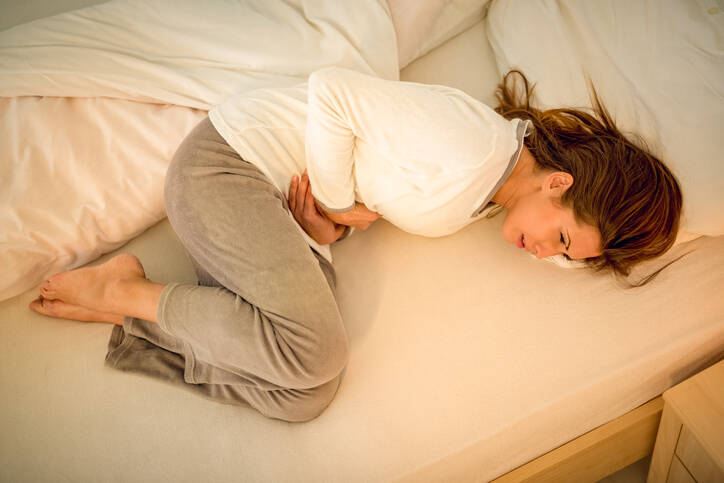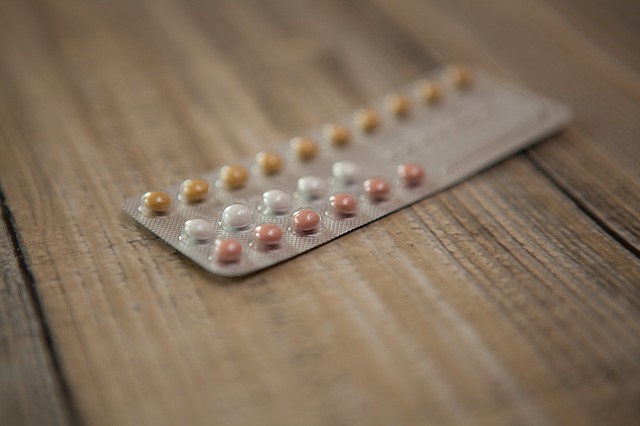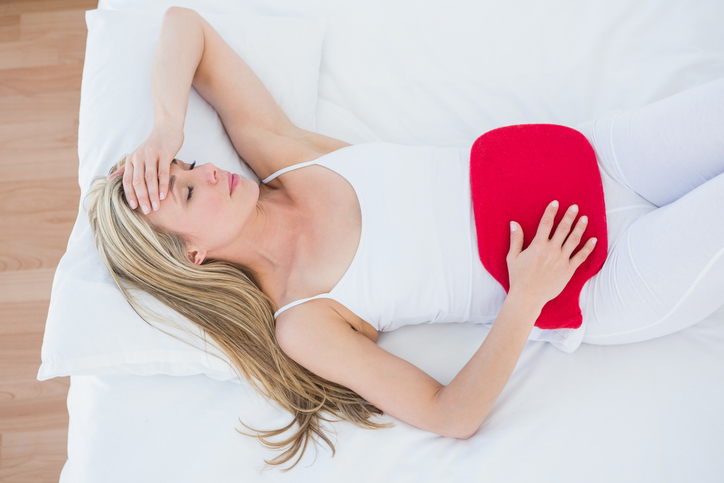- Osayande AS, Mehulic S (March 2014). "Diagnosis and initial management of dysmenorrhea". American Family Physician. 89 (5): 341–346.
- American College of Obstetricians and Gynecologists (Jan 2015). "FAQ046 Dynsmenorrhea: Painful Periods" (PDF).
- "Menstruation and the menstrual cycle fact sheet". Office of Women's Health.
- "Dysmenorrhea and Endometriosis in the Adolescent". ACOG. American College of Obstetricians and Gynecologists. 20 November 2018.
- "Dysmenorrhea".
- "Using Foods Against Menstrual Pain". Physicians Committee for Responsible Medicine.
- Gomathy N, Dhanasekar KR, Trayambak D, Amirtha R (November 2019). "Supportive therapy for dysmenorrhea: Time to look beyond mefenamic acid in primary care". Journal of Family Medicine and Primary Care. 8 (11): 3487–3491
- Payne LA, Rapkin AJ, Seidman LC, Zeltzer LK, Tsao JC (2017). "Experimental and procedural pain responses in primary dysmenorrhea: a systematic review". Journal of Pain Research. 10: 2233–2246.
- "Dysmenorrhea - Gynecology and Obstetrics". Merck Manuals Professional Edition.
- "Period Pain". MedlinePlus. National Library of Medicine. March 1, 2018. Retrieved November 7, 2018.
- Janssen EB, Rijkers AC, Hoppenbrouwers K, Meuleman C, D'Hooghe TM (2013). "Prevalence of endometriosis diagnosed by laparoscopy in adolescents with dysmenorrhea or chronic pelvic pain: a systematic review". Human Reproduction Update. 19 (5): 570–582.
- Hilário SG, Bozzini N, Borsari R, Baracat EC (January 2009). "Action of aromatase inhibitor for treatment of uterine leiomyoma in perimenopausal patients". Fertility and Sterility. 91 (1): 240–243.
- Nabeshima H, Murakami T, Nishimoto M, Sugawara N, Sato N (2008). "Successful total laparoscopic cystic adenomyomectomy after unsuccessful open surgery using transtrocar ultrasonographic guiding". Journal of Minimally Invasive Gynecology. 15 (2): 227–230.
- Hacker, Neville F., J. George Moore, and Joseph C. Gambone. Essentials of Obstetrics and Gynecology, 4th ed. Elsevier Saunders, 2004. ISBN 0-7216-0179-0
- Acién P, Acién M, Fernández F, José Mayol M, Aranda I (November 2010). "The cavitated accessory uterine mass: a Müllerian anomaly in women with an otherwise normal uterus". Obstetrics and Gynecology. 116 (5): 1101–1109.
- Ju H, Jones M, Mishra G (2014). "The prevalence and risk factors of dysmenorrhea". Epidemiologic Reviews. 36: 104–113.
- Li Z, Chen J, Zhao Y, Wang Y, Xu J, Ji J, et al. (April 2017). "Common variants in ZMIZ1 and near NGF confer risk for primary dysmenorrhoea". Nature Communications. 8 (1): 14900.
- Ju H, Jones M, Mishra G (2014-01-01). "The prevalence and risk factors of dysmenorrhea". Epidemiologic Reviews. 36 (1): 104–113.
Period pain: What it is and how to relieve it

Photo source: Getty images
Diseases with symptom "Period pain"
- Cyst on the ovary
- Female Infertility
- Hyperparathyroidism and hypoparathyroidism
- Inflammation of the Ovaries and Inflammation of the Uterine Appendages
- Endometritis
- Uterine myoma
- Polycystic Ovary Syndrome
- Polyp of the uterus - polyp of the cervix
- Postpartum diastasis
- Abdominal diastasis
- Endometriosis
- Histamine intolerance













